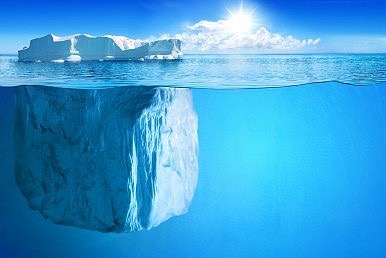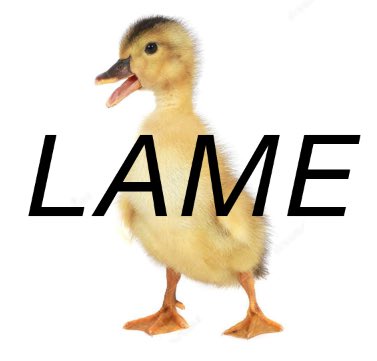- Posted on : January 5, 2017
- Posted by : Tom Fletcher
All three tweets were also purposeful in their own ways. The Russian embassy were doing the Twitter equivalent of thumbing their nose at Obama, and helped to distract from the much bigger issue of Russia’s meddling in US elections. Trump managed to take a swipe at the Democrats and foreign policy establishment in one go. Guterres focused us on his core purpose in the new job – peacemaking.
And yet, I wonder how well these Twitter moments will stand up in two years. So maybe we need a new digital diplomacy rule: is it strategic? Is the communication the tip of the iceberg, visible above the water, but connected to something solid? Against this rule, the jury is out as to whether these first Twitter 2017 efforts worked.
Why? Guterres’ admirable foray onto Twitter only works if he sticks with it, and engages personally. I hope that he will be persuaded to do so.
Trump will at some stage have to adapt his Twitter persona from insurgent to governing, and own the aspects of the US system he is currently lashing out at. He’ll need to find his Presidential voice. I’m sure he’ll have a POTUS social media account, but I doubt it will be interesting. I’m equally sure he’ll keep his own handle, and that it will be. But is there a point in the cycle where the ‘drive by' diplomacy loses its impact, or worse? (The political rhetoric of the US election campaign has already undermined the global effort to counter extremism). Or where he needs to convince the American people of an argument based on the quality of intelligence? Or where he needs to inspire respect and deference for US offices, not least his own? Is Putin laughing at him or with him? Neither is a good look.
As for the ‘lame duck’ tweet, it does mark a landmark in digital diplomacy terms, of a representative of a grown up state – not just an individual politician - openly mocking the US President. Maybe that might become less unusual after 20 January. Personally I enjoy tweets that pick arguments, and jettison diplomatic platitudes. I was happy to see the Russian Ambassador at the UK launch of my book, where we discussed these themes. I think his embassy account is among the most effective out there, and fair play to him for letting them push the boundaries. But attention grabbing tactical victories don’t make a digital diplomacy strategy any more than they make a diplomatic strategy. As with Putin’s foreign policy, does the tip have an iceberg?
Photo credit: Iceberg by Shutterstock.com


